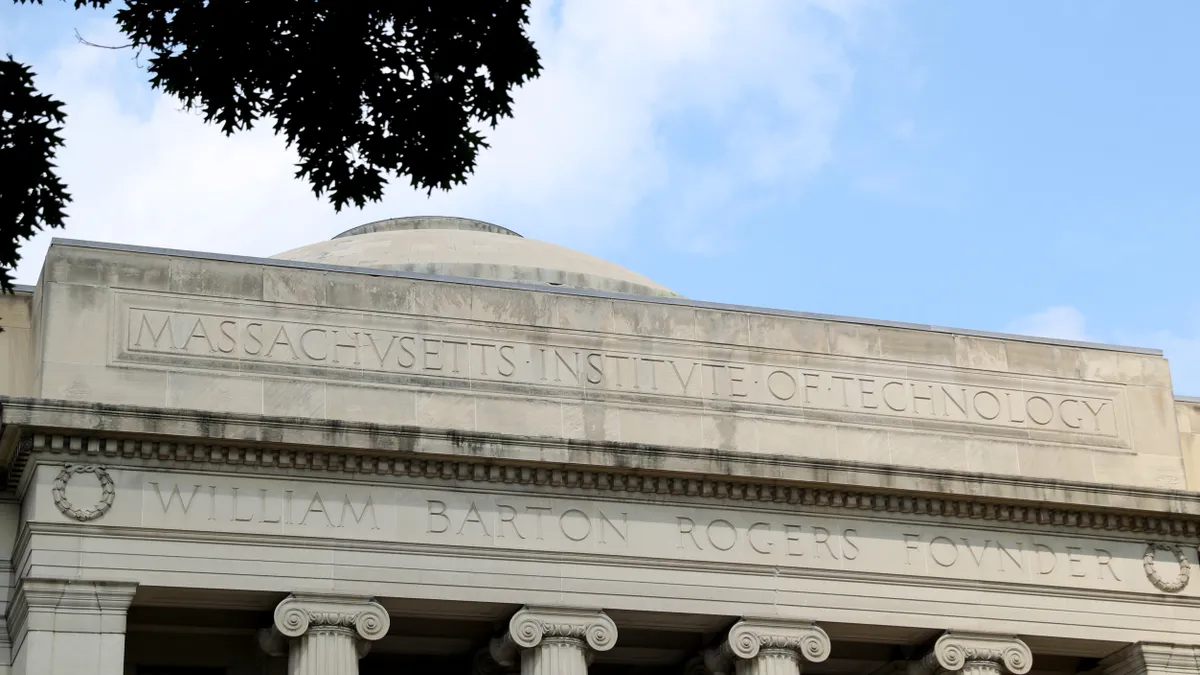Dive Brief:
- The U.S. Department of Education is using $28 million from the Coronavirus Aid, Relief, and Economic Security (CARES) Act to support a new grant program meant to help colleges recover from the pandemic.
- Funds can be used "in a variety of ways," the announcement states, including for resuming operations, helping students, stemming the spread of the virus and teaching remotely.
- The grants come as the sector asks for more funding to help colleges cover expenses and lost revenue from the pandemic.
Dive Insight:
The department says it will prioritize public and nonprofit institutions with the greatest unmet needs around the pandemic. Proposals will have a competitive edge if they provide dual enrollment for underserved students, come from minority-serving institutions or focus on "innovative" ways to deliver remote instruction.
Funds are available to schools that meet certain criteria:
- More than 30% of full-time students received Pell Grants at the beginning of the term that included March 13 or started prior to the break that included that day;
- The school didn't get a loan under the Paycheck Protection Program;
- It got less relief funding than similar-sized institutions because it serves mostly part-time students;
- Or it had other unmet needs because of the pandemic.
Consortia of two or more eligible institutions can also receive the funds.
"[N]ew efforts are required to help institutions become more resilient in the face of continuing COVID-19 or other similar interruptions and to develop more cost-effective models of operation to make education more affordable," the department wrote in its announcement.
It estimates the $28 million will cover about 19 grants, which will average around $1.5 million.
Higher ed groups have said the sector needs at least $120 billion to make up for lost revenue and costs associated with the pandemic.
So far, amounts earmarked for the sector have fallen well short of that benchmark. Colleges initially received a combined $14 billion from the CARES Act, about half of which they were required to pass along to their students in the form of emergency grants. Some institutions also benefited from a $3 billion pot of funds made available to governors.
Money lost from refunding spring housing costs and teaching remotely this fall, along with missed auxiliary income and weakened state support, is stressing institutions' budgets. Lower enrollments this term could further depress net tuition and auxiliary revenues, S&P Global Ratings analysts wrote in a recent report.
"Although federal — and in some cases, limited state — COVID-19 and disaster aid provides some measure of stability, the potential amount of these funds relative to total pandemic costs, and associated receipt timing, are unknown," S&P analyst Jessica Wood said in a statement.
Proposals for additional relief to the higher education sector include $29 billion put up by Senate Republicans and $132 billion by Senate Democrats.














